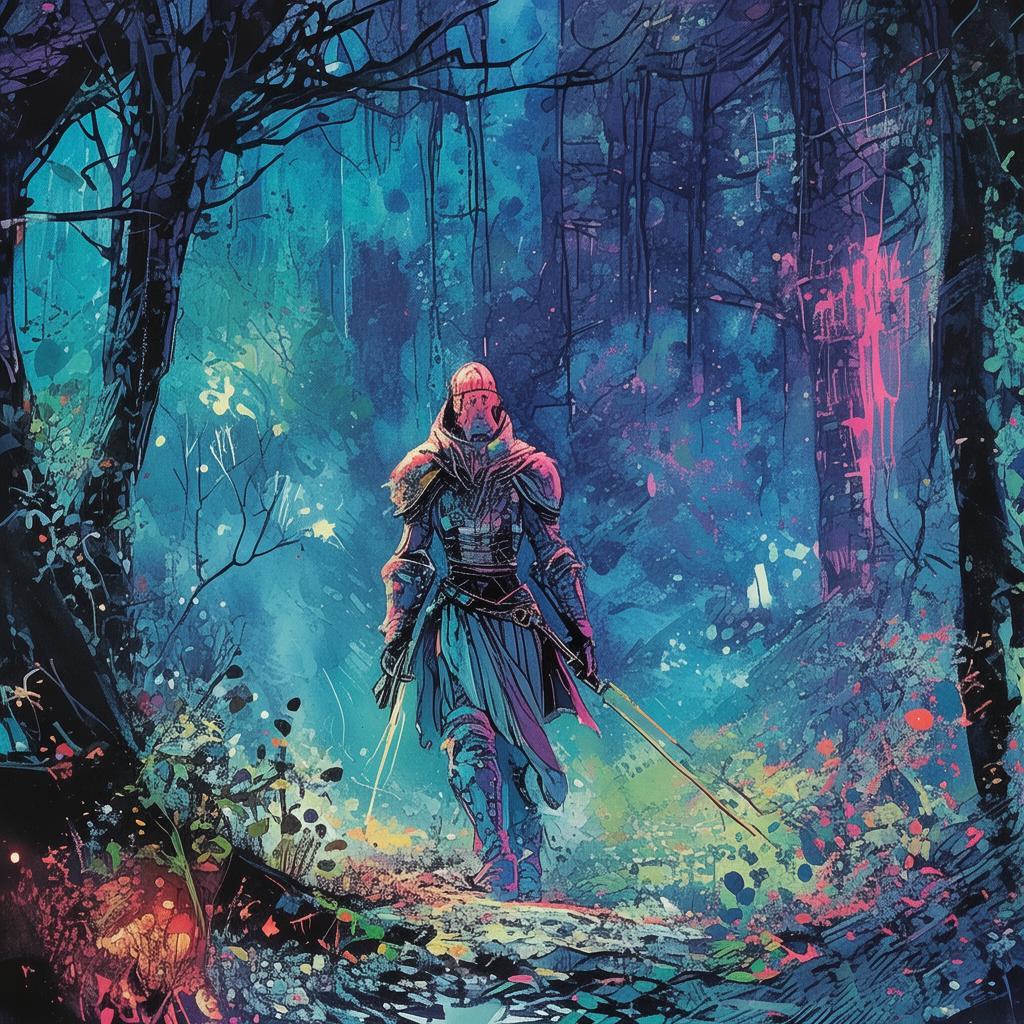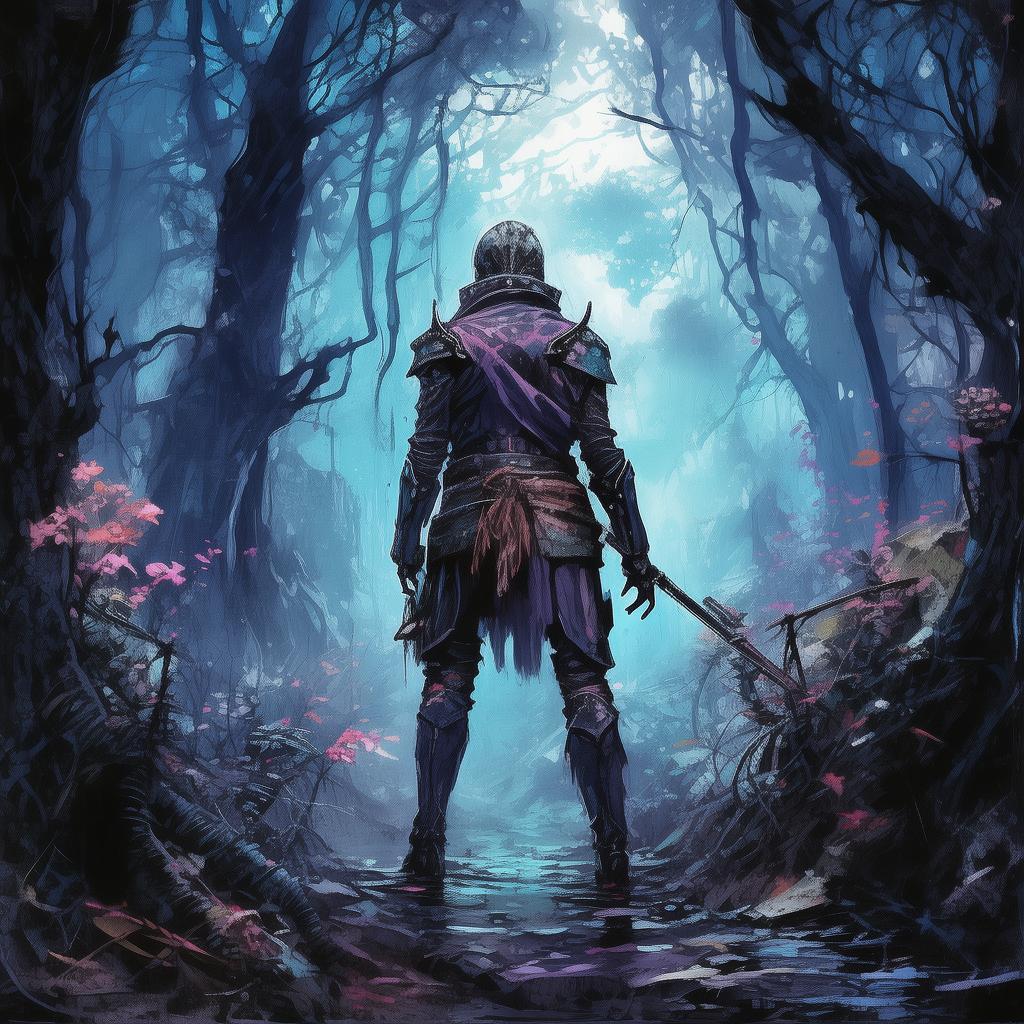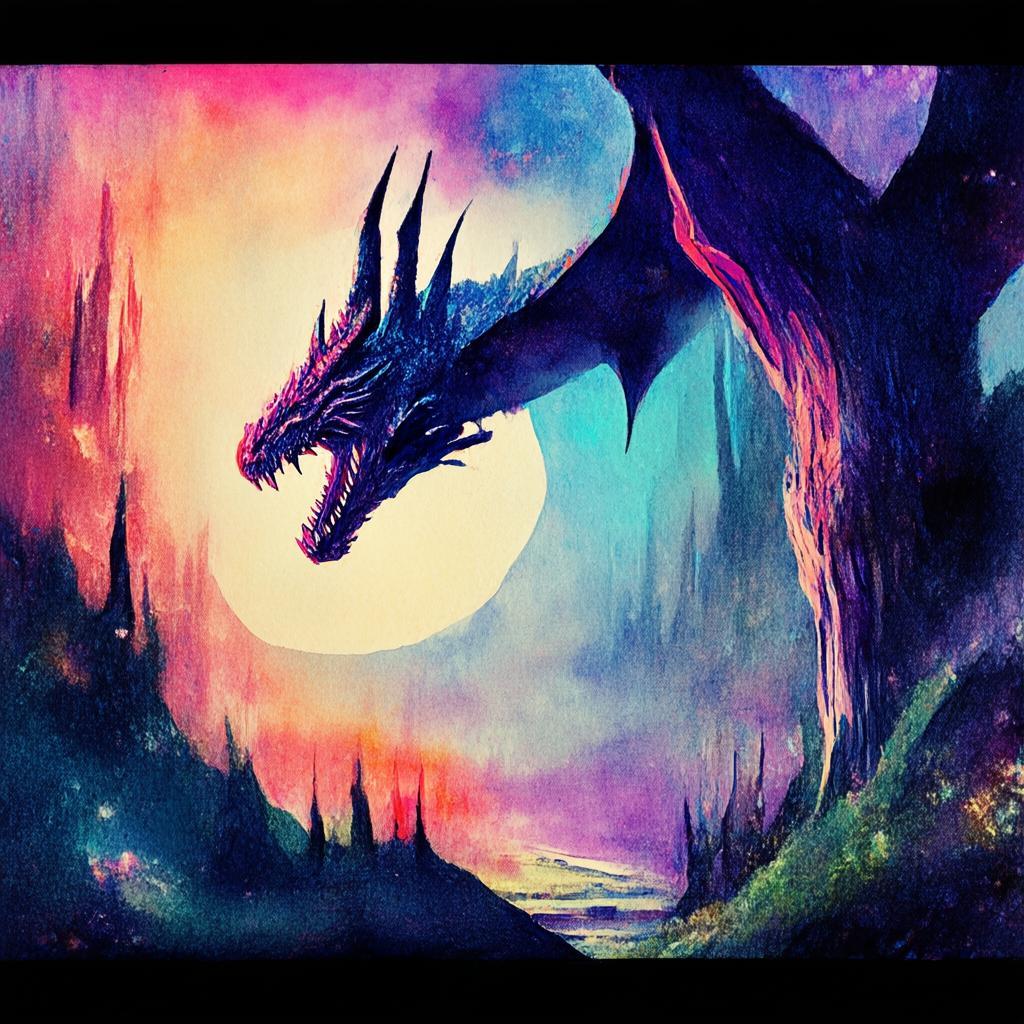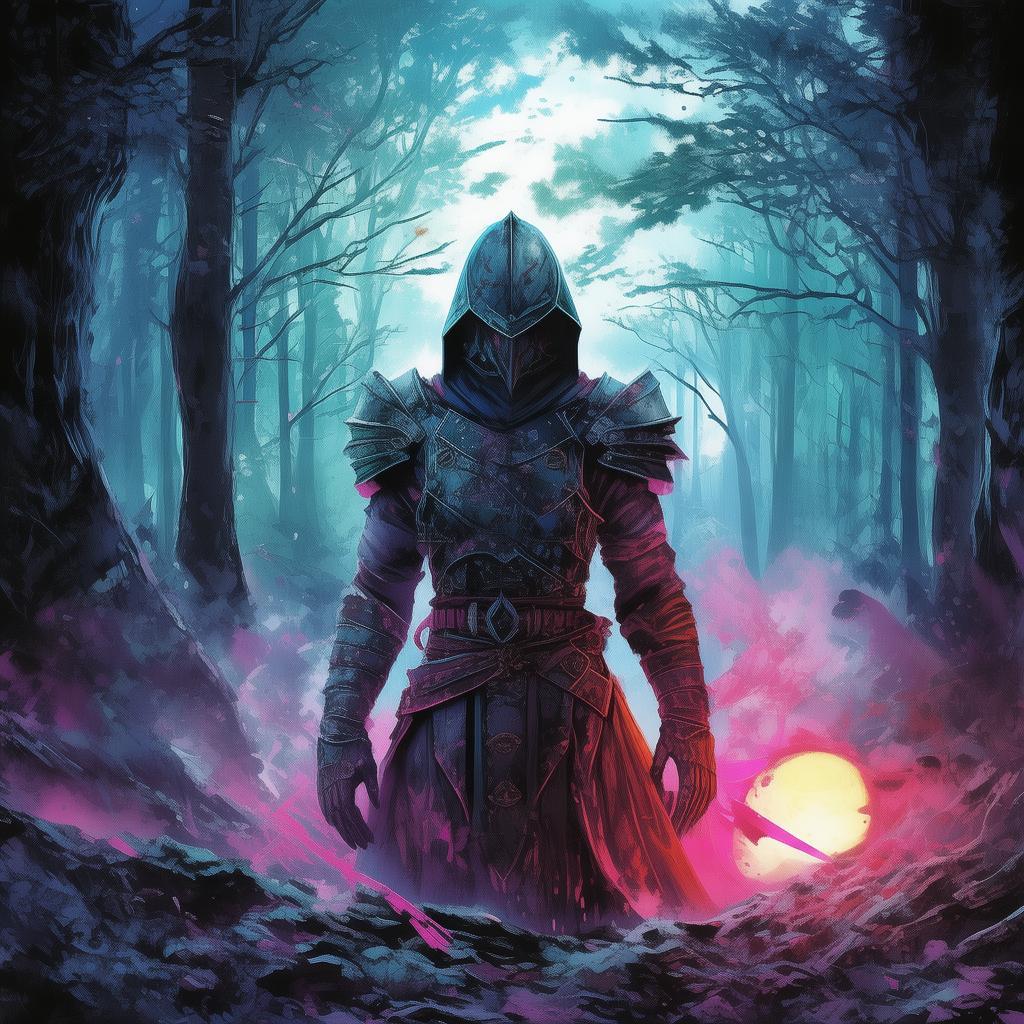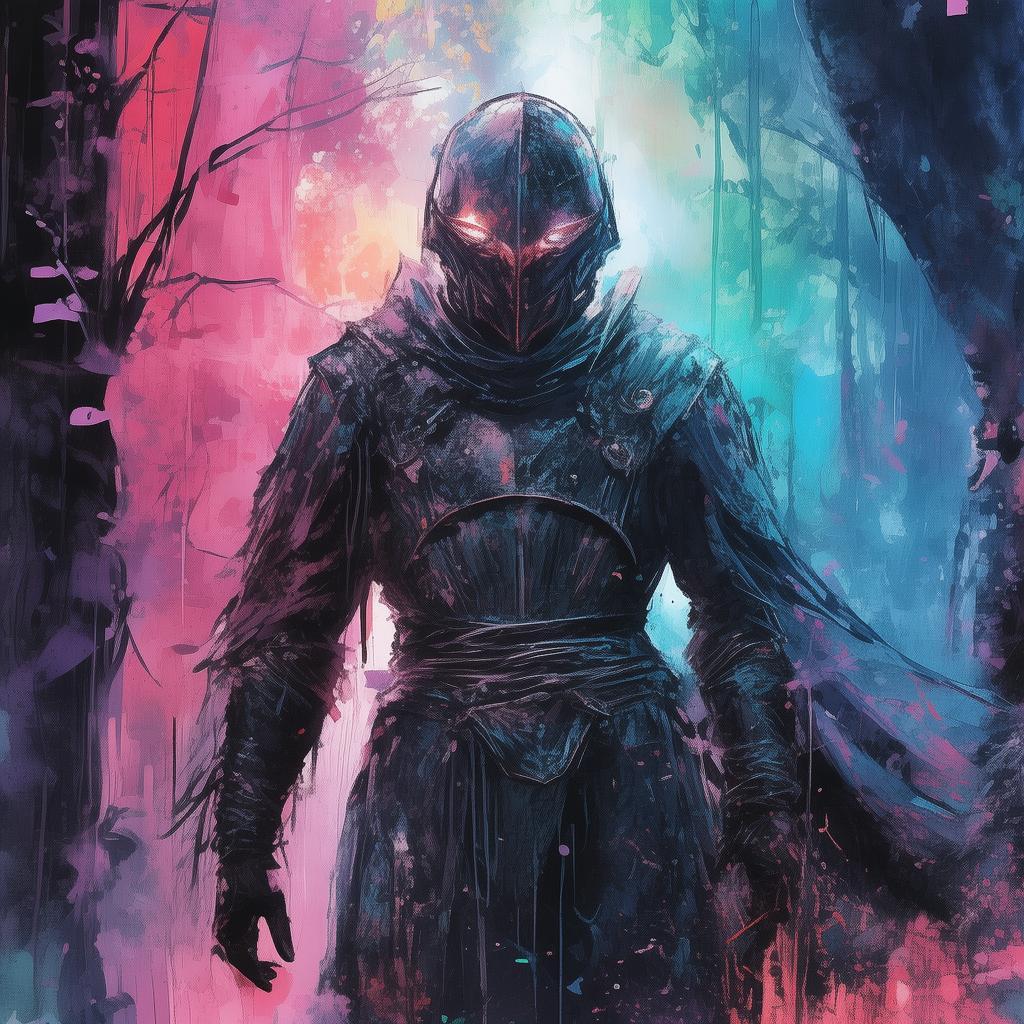The Martial Artists' Revolt: Lǐ Xiǎolóng's Rebel Alliance
In the heart of ancient China, where the essence of life was as deeply woven into the fabric of martial arts as the threads of silk, there lived a legendary figure known as Lǐ Xiǎolóng. The tales of his prowess had spread far and wide, from the remote mountains where he trained to the bustling cities where the arts of combat were revered and feared alike. Lǐ Xiǎolóng was not just a master of the martial arts; he was a symbol of justice and freedom—a beacon of hope for those who felt the iron grip of an oppressive regime.
The year was 1368, a time when the Ming Dynasty was young and the martial arts schools of China were under the heavy hand of the imperial court. The emperor, desiring to consolidate his power, had decreed that all martial arts schools must report to the central government and that their practices were to be monitored closely. This decree, while meant to ensure the martial artists served the state, was seen by many as a threat to their independence and their right to practice their ancient arts as they saw fit.
Lǐ Xiǎolóng, who had always been a champion of the common man, saw the writing on the wall. The martial artists were being stripped of their autonomy, and the very essence of their culture was under threat. He knew that if he did not act, the legacy of his people would be lost, and with it, the balance that had been maintained for centuries between the martial artists and the state.
With a heavy heart, Lǐ Xiǎolóng gathered his closest students and allies, among them the agile and swift Li Qianyu, the powerful and stoic Wang Zhen, and the enigmatic Zhang Yuying. They were a diverse group, each with their own reason for joining the cause. Li Qianyu sought to avenge the death of his mentor, Wang Zhen yearned to restore the honor of his family name, and Zhang Yuying sought to uncover the truth about her mysterious past.
The first act of the rebellion was not a grand battle, but a series of subtle moves. Lǐ Xiǎolóng and his allies began to organize secret meetings, spreading word of their cause throughout the land. They spoke of the need for unity among the martial arts schools, of the need to stand together against the oppressive regime. The message resonated with many, and soon, whispers of the Rebel Alliance began to circulate.
However, the path to rebellion was fraught with danger. The imperial spies were everywhere, their eyes and ears a constant threat. The Rebel Alliance had to operate in the shadows, their every meeting a potential betrayal. Yet, they pressed on, their resolve strengthened by the knowledge that they were fighting for something greater than themselves.
One night, as the moon hung low in the sky, casting an eerie glow over the ancient city of Kaifeng, the Rebel Alliance gathered in a secluded courtyard. Lǐ Xiǎolóng stood at the center, his voice steady and commanding.
"We are here to unite the martial arts schools of China," he declared. "We will stand against the tyranny of the imperial court and restore the balance that has been lost. But this will not be an easy fight. We will face many challenges, and we will lose friends along the way. But if we are to succeed, we must be brave and we must be united."
As the night wore on, the members of the Rebel Alliance shared their stories, their dreams, and their fears. They were bound not just by their shared cause, but by the deep connection that only those who have faced the same hardships could understand.
Among them was a young woman named Feng Xiaoyu, a master of the silk-reeling art, whose grace and agility were matched only by her fiery spirit. She had been a follower of the imperial court, but when she witnessed the suffering of her fellow martial artists, she saw the truth and chose to join the Rebel Alliance.
Feng Xiaoyu stepped forward, her eyes filled with determination. "I have seen the darkness that has fallen upon our land," she said. "And I have chosen to stand with you. For the sake of our culture, for the sake of our freedom, I will fight."
The words were a catalyst, igniting a fire in the hearts of the others. They knew that their cause was just, and they were ready to face whatever challenges lay ahead.
The first major confrontation came when the imperial court sent a detachment of soldiers to quell the growing rebellion. The martial artists, numbering hundreds, faced off against the heavily armed soldiers in a battle that raged through the streets of Kaifeng. The fight was fierce, and many fell on both sides, but the martial artists, led by Lǐ Xiǎolóng, held their ground.
As the sun began to rise, casting a golden glow over the battlefield, the soldiers were forced to retreat. The Rebel Alliance had won a hard-fought victory, and the word of their triumph spread like wildfire.
But the emperor was not to be deterred. He sent a delegation to negotiate with the Rebel Alliance, offering them a chance to surrender and retain their positions within the court. Lǐ Xiǎolóng knew that this was a trap, but he understood the importance of appearances.
"We will accept your offer," he said, "but only if you promise to withdraw your soldiers from the martial arts schools and restore our autonomy."
The emperor, seeing the strength of the Rebel Alliance, agreed to the terms. The martial artists were granted their freedom, and the Rebel Alliance had won a significant victory.
However, the war was far from over. The imperial court continued to send spies and agents to sabotage the Rebel Alliance's efforts. Lǐ Xiǎolóng and his allies were forced to remain ever-vigilant, their every move watched and analyzed by the enemy.
One day, as they were training in the ancient temple where Lǐ Xiǎolóng had spent much of his youth, they received word that the imperial court had dispatched a formidable assassin to eliminate the leaders of the Rebel Alliance. The assassin, known as the Demon Slasher, was a master of stealth and deception, and he was said to be nearly invincible.
Lǐ Xiǎolóng knew that they had to act quickly. He called a meeting of the Rebel Alliance and laid out their plan. They would ambush the assassin as he approached the temple, using their combined skills to defeat him before he could strike.
As the night fell, the Rebel Alliance took their positions. Lǐ Xiǎolóng stood at the forefront, his eyes scanning the darkness. The Demon Slasher was close.
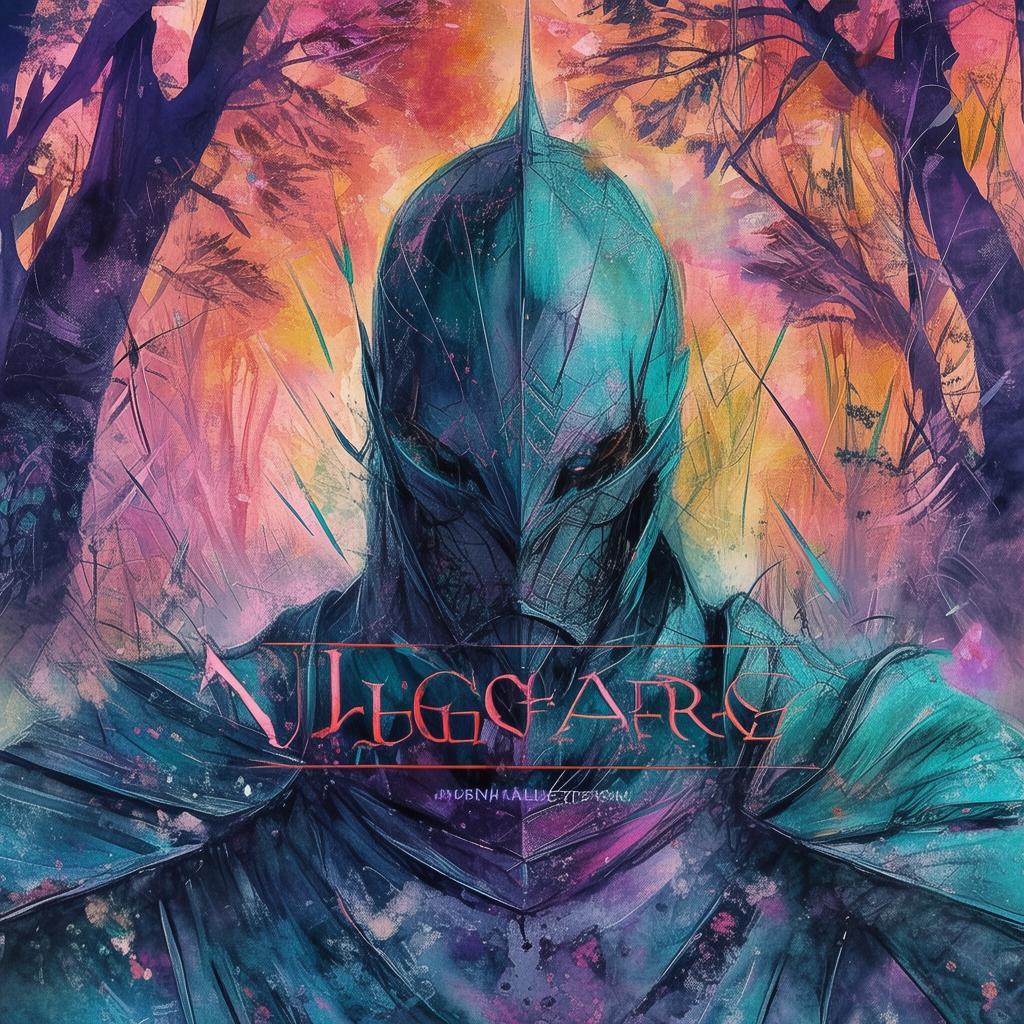
Suddenly, there was a sound behind him. Lǐ Xiǎolóng turned just in time to see the assassin's blade flash in the moonlight. He dodged, his own blade slicing through the air. The two combatants exchanged blows, each trying to gain the upper hand.
The fight was intense, with both men displaying extraordinary skill. Finally, Lǐ Xiǎolóng found an opening. With a swift, powerful strike, he sent the assassin sprawling to the ground. The Demon Slasher lay motionless, defeated.
The victory was a hard-won one, but it had proven that the Rebel Alliance was a force to be reckoned with. The emperor's attempts to crush their rebellion had only made them stronger.
The years passed, and the Rebel Alliance continued to grow in numbers and influence. They fought battles both great and small, always with the same goal in mind: to restore balance to the martial arts world and to protect the freedom of the people.
And so, the legend of Lǐ Xiǎolóng and the Rebel Alliance became a part of the tapestry of Chinese history. They were remembered not just for their martial prowess, but for their courage, their unity, and their unwavering commitment to the ideals of justice and freedom.
✨ Original Statement ✨
All articles published on this website (including but not limited to text, images, videos, and other content) are original or authorized for reposting and are protected by relevant laws. Without the explicit written permission of this website, no individual or organization may copy, modify, repost, or use the content for commercial purposes.
If you need to quote or cooperate, please contact this site for authorization. We reserve the right to pursue legal responsibility for any unauthorized use.
Hereby declared.



